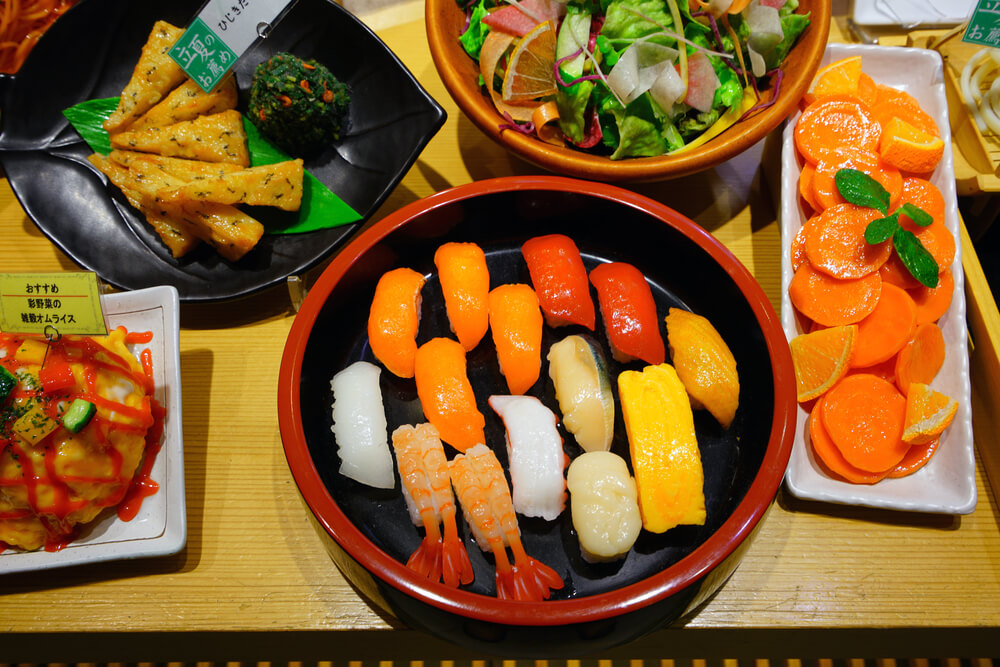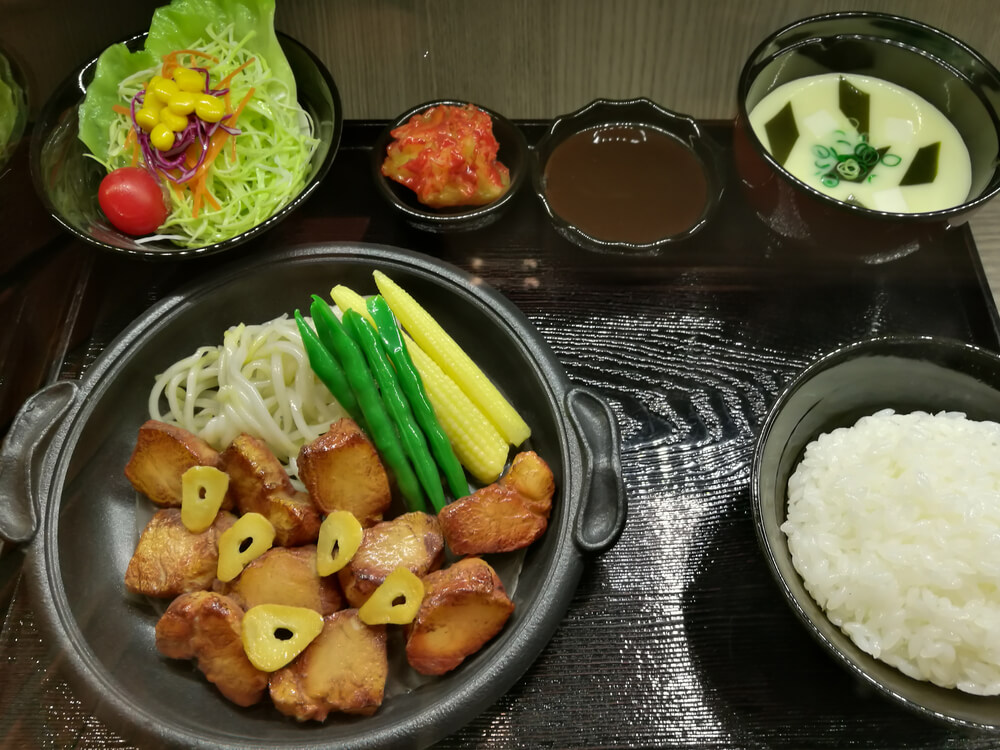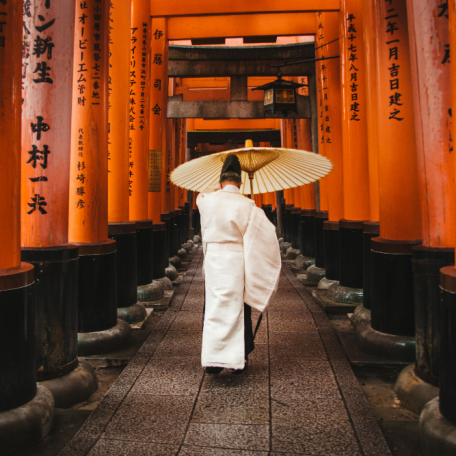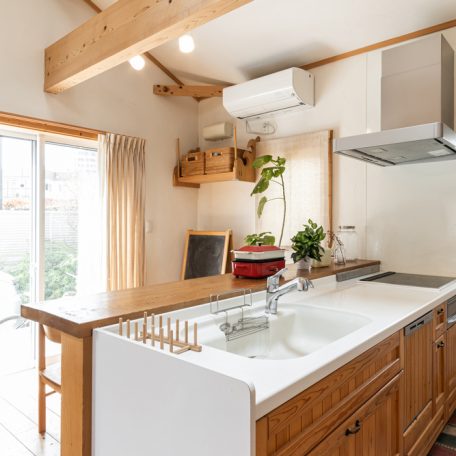Fake Food in Japan: The World’s Most Delicious Looking Plastic
Sep 7, 2019
BY Rae DeFrane

If you have ever been to Japan, you might have seen plastic models of food in the windows of restaurants, displaying the edible counterparts that lay within. These are called ‘sampuru’ or ‘sample’ and have been part of the Japanese economy and food culture for nearly one hundred years. Though there is some debate on the origin story of these uncannily realistic fakes, there is no doubt that they are a booming industry and are unique to Japan. Let’s take a little look at the history.
The most common story of how this business began comes from the tale of Takozo Iwasaki who lived in Gujo Hachiman in Gifu prefecture in the 1930s. He is generally viewed as the man responsible for making plastic replicas what they are today. Story goes that he made a fake ‘omuraisu’ (omelette rice) that was so realistic that his wife and others whom he showed it to couldn’t tell it was fake. Apparently this omuraisu is still on display at the company’s current factory, still located in Gujo Hachiman.

Others say that the plastic moldings actually started much earlier, around 1917. This is a much less delicious story, as it is said that they actually began in Kyoto with a man named Soujiro Nishio. This man was actually using wax (the original material of these models) to create anatomical replicas of human body parts for doctors and medical students to study. This was not pretty work.
Apparently he was later commissioned to shift into making fake food, but this is slightly contested against the first story. (Plus, who would make the mental jump from skin diseases to edible food… yuck!) That being said, before Iwasaki and the 30s, these types of models were beginning to be used in Tokyo at department stores during the 20s.
These stores had the idea to show a serving of each of their offered foods, but clearly didn’t want the pests that would follow that plan. Regardless of the debate over the true origin of the industry, Takozo Iwasaki was definitely the one to jump-start the industry to what it is today, and is credited with its wide success.

Now, to be fair, some reports from tourists have said that these models are uncanny to the point of being unappetizing (likely due to cultural perception that plastic= fake= gross!), but this industry soared in the 1950s after Americans flooded Japan in post-war times. None of the Japanese restaurants had any English on their menus, and at the time, colour photography was still not an accessible option of advertisement.
Because of this, restaurants felt it was worth the investment to commission these displays so that foreign visitors could at the very least have something to gesture towards when they couldn’t communicate what they wanted to eat.
And an investment it is! With a national industry of an estimated $90 million dollars, these sanpuru are not inexpensive. One of the smallest requests in size, a cup of green tea, can cost ¥3500 (Or roughly 35 USD) and a single replicated mug of beer can cost north of ¥7500! It only climbs from there for larger or more complicated items. This is likely due to the craftsmanship that goes into making them look so dang realistic.
A mold is required for the process, which to make it restaurant specific, means that the restaurant needs to assemble and prepare the ingredients, freeze the food and ship it to their chosen company. (Yikes!) This is so that the fine textures of the ingredients can really be captured for the viewers with stunning accuracy.
The molds are then filled with PVC and baked at extremely high temperatures to harden it. It’s then airbrushed and painted to perfectly mimic the original (I assume via photographs provided by the restaurant) and plated so that it’s preserved in its scrumptious looking state.

If you are interested in sampuru, there are oodles of examples all over Japan, and you can even attend tours based entirely around scoping out these realistic models. Sampuru has even become so popular that you can now buy mini versions on cell phone charms, phone cases and jewelry. This puts a new spin on the idiom ‘wearing your food’ which is much cuter than a spill! Make sure to take note if you see these around on your ventures, and hopefully now you can impress your friends with a little bit of knowledge over your meal.
Sources:
https://www.youtube.com/watch?v=VlEXeJBry2U
https://www.tofugu.com/japan/sampuru/
Want to learn more about plastic food? Be sure to join our Osaka Market tour to explore Osaka’s “Kitchen town”!
Book your pocket wifi now to stay connected through your entire Japan Journey!

Be sure to get the JR Pass to make navigating Japan during your trip that much easier!

YOU MIGHT ALSO LIKE




